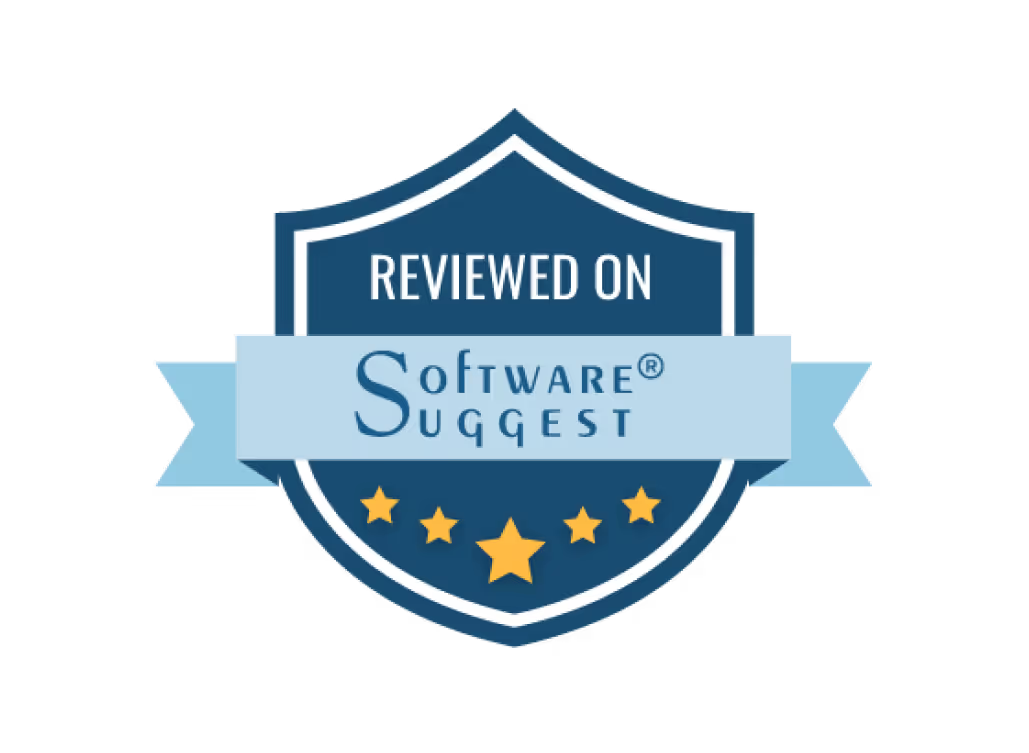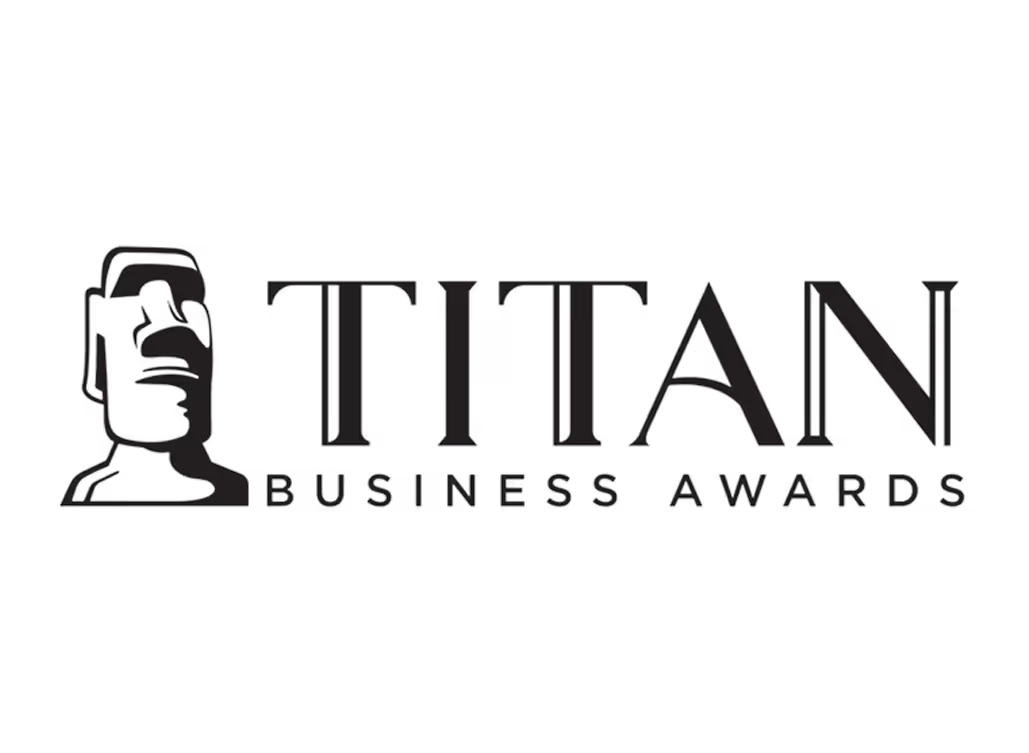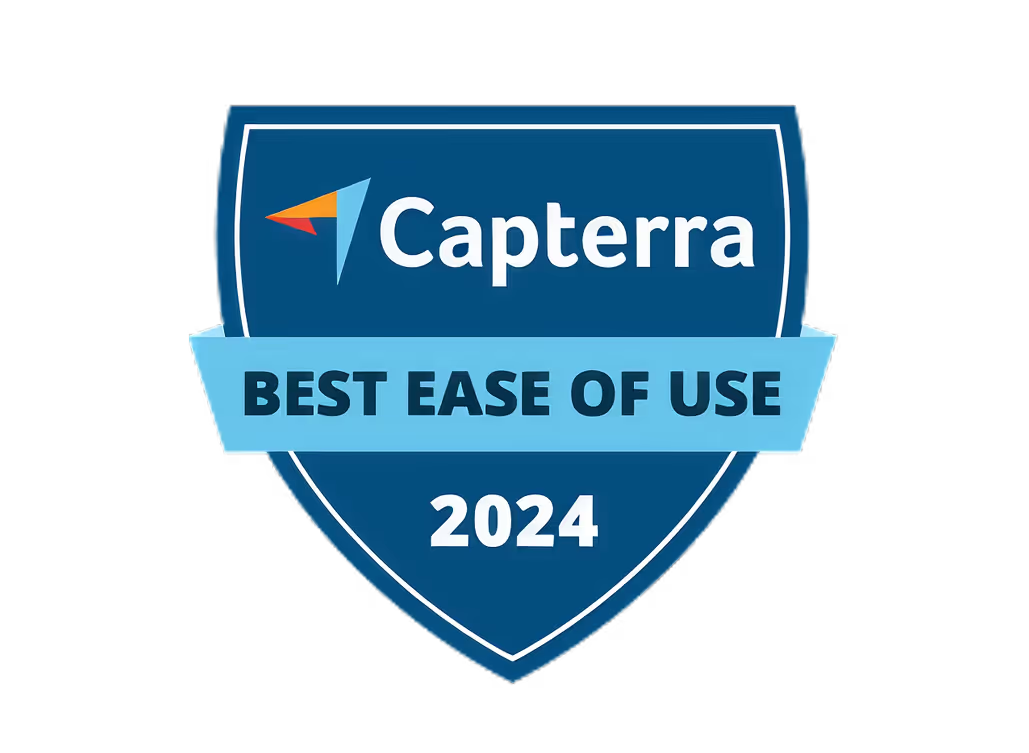Découvrir l'efficacité intemporelle des supports publicitaires traditionnels
.avif)
Introduction
My colleagues at Quickads and 88 Ventures and I often hold conflicting opinions on the right advertising platform, the channel to use, etc. We have come to rely on the non-traditional ways heavily. But, here struck a realization. In today's fast-paced world, where digital marketing dominates, the significance of traditional advertising media is often overlooked.

However, don't be fooled by the allure of digital platforms. Traditional advertising methods have retained their charm and continue to be favoured by specific industries. Do you know that luxury car brands like Rolls-Royce and Bentley still rely heavily on captivating print ads in prestigious lifestyle magazines? Fascinating, right?
In this blog, we will explore the unwavering appeal of traditional advertising media, its diverse use cases, and how it coexists harmoniously with the rise of modern platforms.
Embracing Tradition in a Digital Age
As the digital revolution transforms marketing, the timelessness of traditional advertising media stands strong. Seen how effectively brands leverage mega-events like IPL or the World Cup to reach their audience?
Let's delve into some of the timeless channels that continue to make a significant impact!
First, What is Traditional Advertising Media?
Traditional marketing is any form of marketing that uses offline media to reach an audience. Basic examples of traditional marketing include things like newspaper ads and other print ads, but there are also billboards, mail advertisements, and TV and radio advertisements.
Print Advertising: Connecting Locally and Uniquely
Print ads, such as luxury lifestyle magazines or premium real estate brochures, deliver a tangible and sophisticated experience. In the era of digital dominance, these visually stunning ads stand out, leaving a lasting impression on their upscale clientele. These ads evoke aspiration and reinforce the brand's status as symbols of luxury.
Remember how to communicate the "chunkiness" of their Chunky Kit-Kat, Nestle issued a tongue-in-cheek direct mailer to a select group of local consumers. The card mimicked those "sorry we missed you" cards that British postmen leave behind when packages are too big for the letterbox. Once opened, the card encouraged recipients to head to a local retail store to claim a free chocolate bar. This clever local print execution worked because it was delivered straight to the consumer's doorstep and could be acted on immediately in their neighbourhood.

With the right strategy, print marketing can attract even greater audiences than digital platforms. In fact, 92 percent of shoppers say they prefer print marketing when making a purchasing decision.
Television Advertising: Evoking Emotions on a Grand Scale
Television ads also can evoke emotions and tell compelling stories through sight, sound, and motion. For industries like consumer goods and automotive, television commercials evoke emotions that leave a lasting impression on viewers. In the tech industry, major players like Apple regularly unveil emotionally charged television commercials that showcase the seamless integration of their products into consumers' lives. These ads strike a chord with audiences by emphasizing the meaningful experiences enabled by their devices.
Radio Advertising: Engaging the Imagination
Radio ads have an unparalleled ability to captivate listeners' imaginations and create a strong sense of connection. Through clever scripts and well-delivered voice-overs, radio commercials make a lasting impact on attentive audiences. Leading fast-food chains often leverage radio advertising to entice hungry commuters during rush hours. By using catchy jingles and mouth-watering descriptions, they successfully create cravings for their offerings, driving immediate action.
While modern advertising methods have undoubtedly transformed the marketing landscape, traditional advertising possesses unique advantages that make it stand out. Traditional advertising creates a tangible and personal connection with the audience. Features in reputable and established media outlets can lend credibility to a brand.
Moreover, despite the rise of digital platforms, only some have constant internet or social media access. Traditional advertising, such as billboards, bus ads, and TV commercials, still reach audiences who may need to be more actively engaged online. Traditional media can offer broader reach and exposure in rural areas or places with limited internet connectivity.
Additionally, it can have a longer lifespan than digital ads that might disappear after a few seconds. Billboards, print ads, and radio jingles can stay in the minds of consumers for an extended period, enhancing brand recall and recognition.
Thus, we say not everyone has moved on!
Choosing the right place
Traditional advertising media caters to specific industries, aligning their unique strengths with targeted audiences. Have you ever wondered how local businesses use print media to bridge the gap with their communities?
The selection of advertising media depends on various factors, including the nature of the business, target audience, advertising goals, and budget constraints. Let's explore some industries that rely heavily on traditional means!
Automotive Industry: Accelerating Brand Presence
The automotive industry capitalizes on the visual allure of television advertising to introduce new models and cultivate brand loyalty. Luxury car manufacturers invest heavily in television commercials to showcase their cutting-edge features, elegant designs, and unparalleled driving experience. These captivating ads contribute to the brands' aura of prestige and exclusivity.
Local Retail and Services: Bridging the Gap
For local businesses, print advertising becomes a vital bridge between enterprises and their communities. It allows them to reach residents in a specific geographic area and build a strong presence within the community. Charming neighborhood restaurants often rely on print media, such as local newspapers and community magazines, to entice nearby residents with delectable visuals and enticing offers.
Even well-established brands with a loyal customer base often succeed in traditional media as it reinforces their credibility and trustworthiness. Broadcast media, like television, can be particularly effective for well-known brands looking to maintain their market position.

Political Campaigns: Connecting on a Personal Level
Traditional media remains instrumental in political campaigns, allowing candidates to connect with constituents personally. During election campaigns, political leaders use radio ads to reach diverse demographics and communicate their vision directly to voters, fostering a sense of familiarity and trust.
Similarly, if a business offers complex products or services that require explanation or demonstration, traditional media, such as television commercials or direct mail, can provide the necessary time and space to communicate effectively.
Are these some strict rules that you need to follow?
Perhaps not!
While you choose the right platform for yourself, it is essential for you to first to know your target audience. Understanding your target audience's preferences, habits, and media consumption patterns is crucial in determining the most effective platforms. Older demographics may respond better to traditional media, while younger audiences may prefer digital and social media.
Next, define your advertising goals. Are you aiming to increase brand awareness, drive website traffic, or boost sales? Different platforms excel in achieving specific objectives, so align your goals with the strengths of each medium.
Traditional media can also require substantial budgets, while digital platforms often offer more flexible and cost-effective options. Analyze your budget and allocate resources strategically to maximize ROI. An effective advertising strategy also involves a mix of both traditional and digital platforms. Integrating various media allows for a cohesive brand message and ensures wider coverage across different audience segments.

Lastly, monitoring key performance indicators (KPIs) can help fine-tune your strategy and optimize media allocation in the future.

Navigating the Shift to Non-Traditional Platforms
In a rapidly evolving marketing landscape, businesses face the challenge of navigating various advertising options. Traditional advertising's enduring appeal, with its tangible connections, wider reach, and emotional impact, makes it a compelling choice. However, modern advertising's agility, data-driven insights, and interactivity provide undeniable advantages. The key to unlocking the full potential of advertising lies in striking the perfect balance between these two approaches. Creating a cohesive marketing strategy that seamlessly blends traditional and digital advertising ensures a holistic brand experience for consumers.
Understanding your Audience
To find the ideal balance, start by understanding your target audience.
Who are they? What are their preferences and behaviors?
Analyze data to gain valuable insights into their media consumption habits. Some demographics respond better to traditional advertising, while others are more receptive to digital content. Tailoring your approach based on audience preferences sets the foundation for an effective marketing campaign.
Suppose you're promoting a luxury fashion brand targeting high-net-worth individuals. Extensive market research reveals that this affluent audience reads high-end lifestyle magazines regularly. Investing in print ads placed strategically in these publications can effectively reach the target audience and leave a lasting impact. Complement this with social media campaigns targeting younger demographics who engage more with digital content.
Leverage the Strengths of Traditional Advertising
Traditional advertising offers unique strengths that modern methods often struggle to replicate. Use these strengths to your advantage and create memorable brand experiences.
Example: A family-owned bakery seeks to expand its local customer base. They know that their community values personal connections and cherish traditional values. The bakery invests in direct mail campaigns with well-designed postcards showcasing their delectable treats and a heartfelt message to capitalize on this. This approach resonates with the local community, making them feel valued and appreciated.

Embrace the Agility of Modern Advertising
While traditional methods have their merits, modern advertising platforms offer unparalleled agility and the ability to react quickly to trends and real-time data.
Suppose an e-commerce startup is launching a new product line targeting tech-savvy millennials. They opt for digital marketing strategies, utilizing social media influencers and leveraging search engine marketing. By monitoring real-time analytics, they can adjust their ad content and targeting strategies based on customer behavior, ensuring maximum impact and return on investment.
Data-Driven Insights for Smart Decisions
Modern advertising platforms provide extensive data and insights that can inform intelligent decision-making. This data-driven approach ensures efficient allocation of resources and a better understanding of campaign performance. The data helps them optimize their ad campaigns to target users with personalized recommendations, increasing engagement and retention rates.
A company that has been able to tap all possible platforms effectively is none but Coca-Cola.
3 Million followers on Instagram is the count!
In the digital realm, Coca-Cola maintains an active presence on social media platforms like Facebook, Twitter, and Instagram. They leverage these platforms to engage with their audience, run interactive campaigns, and encourage user-generated content, building a sense of community around the brand.
Its digital marketing efforts also extend to content marketing, where they create engaging videos and blog posts to connect with their audience and reinforce their brand values.
Besides, Coca-Cola continues to invest in traditional advertising methods such as TV commercials, billboards, and print ads. They are known for creating heartwarming and emotionally-driven TV commercials that evoke joy, togetherness, and nostalgia. These ads are aired during major events like the Super Bowl, FIFA World Cup, and the Olympics, ensuring a massive reach and brand exposure.
Additionally, it frequently utilizes outdoor advertising, particularly during the holiday season, with captivating billboards and displays that become iconic symbols of the festive period.
Maintenant, vous vous demandez, de nombreuses entreprises s'engagent sur les deux plateformes, alors pourquoi seul Coca-Cola est-il notre source d'inspiration ?
La raison est là.
La stratégie marketing de Coca-Cola intègre parfaitement leurs efforts traditionnels et numériques. Par exemple, ils publient souvent des teasers et des extraits de leurs publicités télévisées sur les réseaux sociaux avant le lancement officiel de la publicité, suscitant de l'anticipation et suscitant un engouement auprès de leur public en ligne.
En outre, le design des emballages et l'image de marque de Coca-Cola sont cohérents sur tous les canaux, offrant ainsi une expérience unifiée aux consommateurs, qu'ils découvrent la marque à la télévision, sur des panneaux d'affichage, sur les réseaux sociaux ou en magasin.
En utilisant efficacement les méthodes de marketing numériques et traditionnelles, Coca-Cola a réussi à maintenir son statut de l'une des marques les plus reconnaissables et les plus appréciées au monde, en restant pertinente et en communiquant avec les consommateurs de génération en génération.
Nous voyons ainsi comment les supports publicitaires traditionnels continuent de faire leurs preuves dans le monde dynamique du marketing. De plus, à mesure que la technologie progresse, les méthodes publicitaires traditionnelles ont trouvé des moyens de coexister harmonieusement avec les plateformes numériques modernes, créant ainsi une stratégie marketing complète qui laisse un impact durable. En utilisant le meilleur des plateformes traditionnelles et modernes, les entreprises peuvent captiver des publics diversifiés et prospérer à une époque où les possibilités de marketing sont illimitées.
Explorez les stratégies durables des supports publicitaires traditionnels avec Quickads.ai, votre plateforme de génération rapide de publicités alimentée par l'IA. Libérez le potentiel de votre marque, créez des publicités captivantes et établissez des liens significatifs avec votre public cible. Rejoignez-nous dans ce voyage d'excellence créative et de succès marketing.
Doutons-nous encore de l'efficacité des médias traditionnels ? Quelle est la fin du débat entre le traditionnel et le non traditionnel ?
En résumé, à l'ère de la domination numérique, les supports publicitaires traditionnels continuent de démontrer leur importance et leur efficacité dans divers secteurs. Des publicités imprimées captivantes dans des magazines de style de vie prestigieux et des publicités télévisées suscitent des émotions et laissent une impression durable sur le public. L'intégration de plateformes traditionnelles et modernes crée des stratégies marketing complètes, permettant aux entreprises de trouver un écho auprès de leur public cible et d'avoir un impact durable. L'attrait durable et la coexistence harmonieuse de la publicité traditionnelle témoignent de sa pertinence continue dans le paysage marketing dynamique d'aujourd'hui.

















